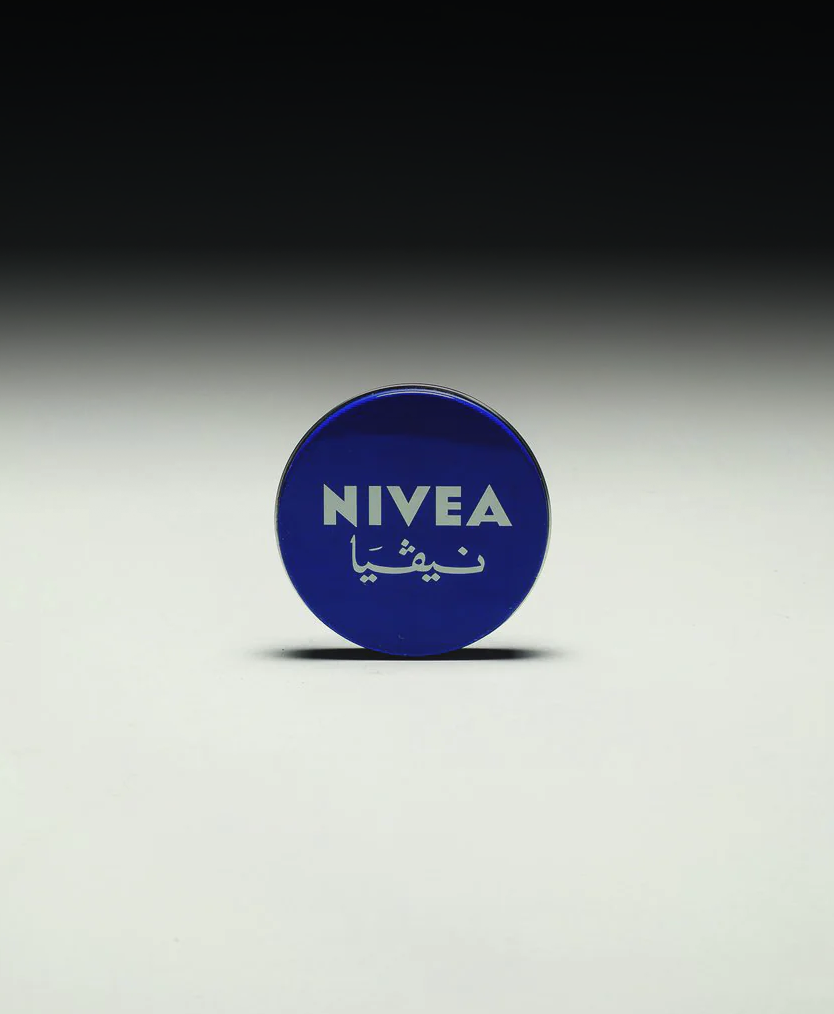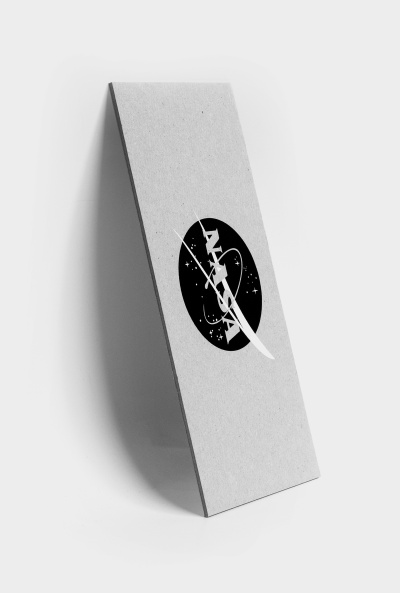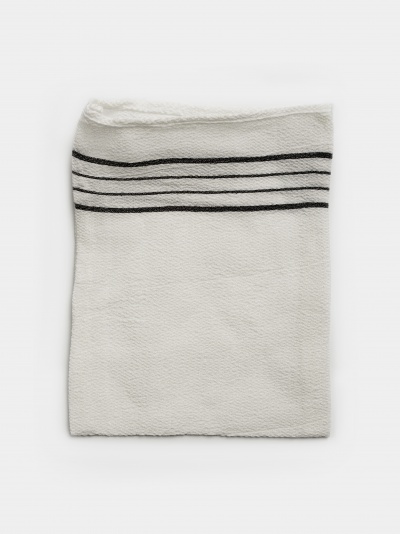-
“There is nothing more intoxicating than victory, and nothing more dangerous.”
-
BOMBAZE
In the labyrinth of human experience, we often find ourselves entangled in the intricate webs of deception. Bamboozled, tomfooled, and hoodwinked – three siblings born from the womb of deceit, each bearing its own unique guise of manipulation. Bamboozled” originates from the early 18th century, believed to have derived from the Scottish word “bombaze,” meaning to confuse or perplex. It implies being tricked or deceived through cunning or misleading tactics, leaving one bewildered and disoriented in the wake of deceit. “Tomfooled”, while less common than the other two, shares a similar theme of deception but adds a whimsical twist. Its etymology is less clear, but it likely stems from a blend of “tomfool”, meaning a foolish person or a jester, and “fooled,” indicating the act of being deceived. Together, “tomfooled” suggests falling victim to playful or absurd trickery, where reality bends and twists in unexpected ways, often leaving one amused despite being misled. “Hoodwinked”, on the other hand, has its roots in the Middle English word “hodwink”, meaning to blindfold or cover the eyes. It conveys a sense of deliberate deception or trickery, often involving the manipulation of trust or the concealment of truth. To be hoodwinked is to be duped or swindled, typically through a deliberate and calculated scheme. In essence, while all three words describe experiences of being deceived, “bamboozled” emphasizes confusion and disorientation, “tomfooled” adds a touch of whimsy and absurdity, and “hoodwinked” conveys a sense of deliberate deceit and betrayal.
-
GONGOOZLE
Gongoozle, a word as peculiar as its meaning, finds its roots in the canal culture of England, originating from the British waterways. Initially used to describe the act of idly observing canal activity, it has since transcended its humble origins to embody a sense of leisurely fascination with any passing spectacle. In literature, it has appeared as a charming oddity, reflecting a penchant for the quaint and obscure. In contemporary parlance, “gongoozle” has found renewed relevance, symbolizing a whimsical curiosity towards the mundane and the extraordinary alike. From canal-side lounging to digital window-shopping, gongoozling knows no bounds. So let us gongoozle, with hearts aglow, as life’s rich tapestry continues to flow.
-
In January 2013 Philipp Bree introduced his first collection of bags and accessories in both Berlin and Paris. Bree’s philosophy centers on creating beloved objects that nurture individuality through daily use. His profound fondness for cherished possessions is reflected in his blog devoted to showcasing a curation of such items from friends and family.
-
Dries Van Noten’s show “The Woman Who Dares to Cut Her Own Fringe” encapsulates boldness and a purposeful fusion of various rich spectrum of colors, textures, and unexpected combinations that took center stage, highlighting a spirit of spontaneity and creative expression. Models confidently flaunted zip-up hoodies with one sleeve off and button-down shirts worn in reverse, illustrating Van Noten’s knack for blending unconventional elements in a quirky yet intentional manner. Despite the unconventional pairings, each garment exuded individuality and stood out on its own merit. Van Noten’s uniqueness stems from his steadfast dedication to challenging conventions and embracing individuality, empowering individuals to embrace their distinct style with assurance and liberation.
-
Matthew M. Williams’s second runway collection for Givenchy showcased a newfound straightforwardness rooted in what people are really interested in wearing. The almost monochromatic – save for splashes of purple, blue and yellow – streetwear-focused collection saw a slew of looks that presented layered varsity-meets-heavy-metal-band T-shirts, thigh-high leather boots and zippered cargo pocket vests finished with futuristic faux facial piercings and brimmed-balaclavas. “I really wanted to create a synthesis of powerful, sophisticated femininity, with an interplay of multiple American and Parisian influences, sports and craftsmanship… On the runway, both are grounded by a sense of reality,” the designer explained in the show’s notes.
-
From ivory to celluloid, the earliest combs ever discovered to prized representations of art and craftsmanship, Qompendium takes a look back at the rise and fall of the comb.
-
Ryo Kawasaki was a jazz fusion guitarist and composer who was one of the first musicians to popularize the fusion genre. Kawasaki started off at Nippon University with a major in quantum physics and soon earned a Bachelor of Science degree. When he was 10, he bought a ukulele and, at 14, he landed his first acoustic guitar. The album Midnight Blue by Kenny Burrell and Stanley Turrentine inspired Kawasaki to study jazz. During the 1960s, he played with various Japanese jazz groups and also formed his own bands. In the early 1970s, he moved to New York City, where he settled and worked with Gil Evans, Elvin Jones, Chico Hamilton, Ted Curson and Joanne Brackeen. Kawasaki staked a major role in developing the guitar synthesizer in partnership with Roland Corporation and Korg and also created the Kawasaki synthesizer for the Commodore 64. His album Ryo Kawasaki and the Golden Dragon Live was one of the first all-digital recordings.
-
“Engagingly told through the voices of many musicians, Blue Nippon explores the true and legitimate nature of Japanese jazz. Author E. Taylor Atkins peers into 1920s dancehalls to examine the Japanese Jazz Age and reveal the origins of urban modernism with its new set of social mores, gender relations, and consumer practices. He shows how the interwar jazz period then became a troubling symbol of Japan’s intimacy with the West. Atkins closes out his cultural history with an examination of the contemporary jazz scene that rose up out of Japan’s spectacular economic prominence in the 1960s and 1970s but then leveled off by the 1990s, as tensions over authenticity and identity persisted.”
-
Peckham’s underground keyboard-wizard Henry Wu returns to galvanize both locally and globally.
-
Efi Sandwich Box
If you are a collector of Germany products this little red sandwich box will be your great find. It is a product by the company Efi which does not exist anymore.
-
Qompendium Nasa Ephemera
The Meatball, silkscreen printed white and black on custom-made heavy board. Enjoy the richness of Qompendium Print Publication by experiencing the diverse ephemera produced for the first volume.
-
Korean Jjimjibang Gloves
Made from pure viscose, with four black stripes running along the seams, the ultra-abrasive cloths are a staple at Korean spas the so-called Jjimjilbang.




